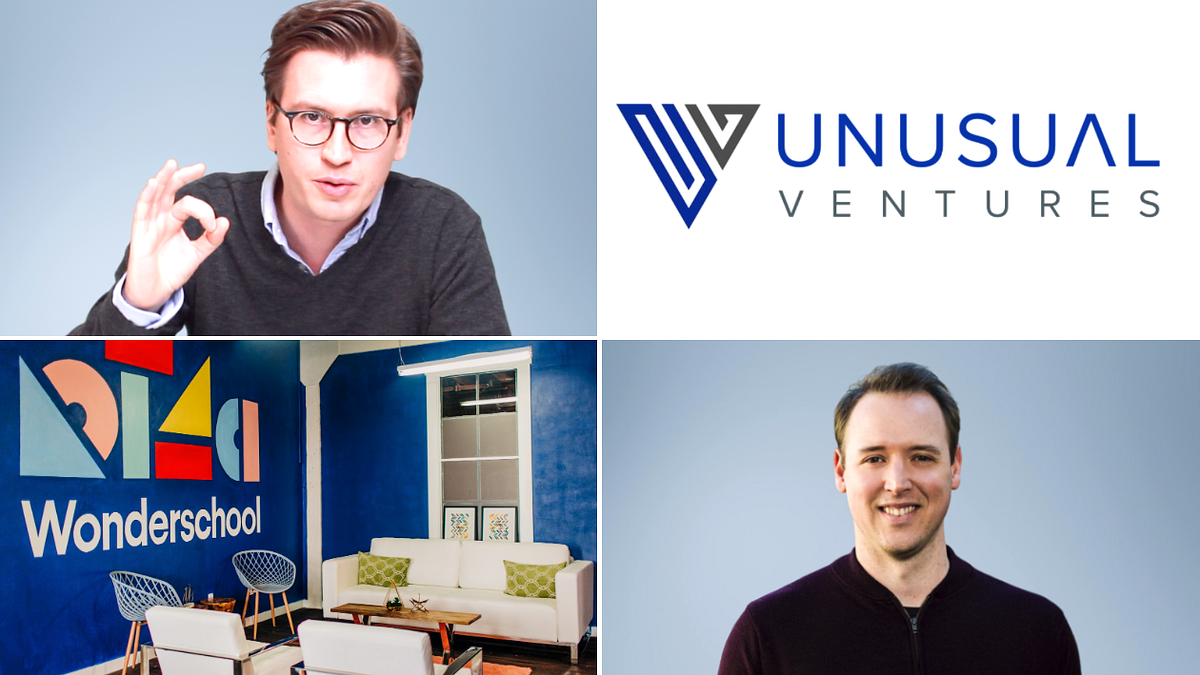
Unpacking growth with Andy Johns, Partner at Unusual Ventures
The below is a full (unedited), machine-generated transcript of a Youtube session / podcasting episode I recorded with Andy Johns, partner at Unusual Ventures in Q1 2020. You can view the video/listen to the podcast on Youtube, Apple Podcast, Stitcher or wherever you get your podcasts.
Erasmus Elsner 0:06 So welcome everybody to another session. My guest today is Andy Johns, who is a partner at Unusual Ventures where he’s leading and building out their consumer tech portfolio. So, Andy, welcome. Are you ready to take it from the top?
Erasmus Elsner 0:11 So you’ve been really lucky in that you’ve been part of four breakout rocketship consumer tech companies, including the likes of Facebook, Twitter, Quora, and Wealthfront. So let’s take this station by station. Let’s start out with Facebook, where you worked on user growth and engagement, helping the company grow between 2008 and 2010. From 100 million users to 500 million active users. Facebook is often thought to have pioneered the growth team and growth hacking notion. So it must have been a highly formative experience for you. And I saw that you in a blog post of you that you mentioned that, during this episode, the Northstar metric was really a 2% week-over-week growth rate, which would have taken you from 100 million monthly active users, I think back then, to 300 million active users in 12 months time.
Andy Johns 1:15 You’re right. I think the key word is lucky, right? It was a great experience. And when I joined the company happened to come in at the time where we had just established this growth team. So there were only five or six of us met a few years later. Next thing you know, it’s a 40-50 person team. But when I came in and to your reference around the 2%, weekly growth rate was, is at a time when we were about to approach 100 million monthly active users and the executive staff and the board, they got together, they talked about what the company wide goal would be from a growth perspective for all of 2009. And they said, Well, obviously, we want to get to a billion active users. And we want to be able to do that within a reasonable timeframe. And the only way in which we can sort of chart that course is we have to accelerate growth even even faster, and put it on a path to go from 100 million monthly active users to 300 million monthly active users from the beginning to the end of 2009, which seemed like an absurd proposition at the time, even set up a sort of lofty goal related to that, and an outcome where we said, Alright, well, if we hit this number, we’re going to go to Vegas to celebrate for a couple of days, which we ended up doing. But the math behind it was was pretty simple. We said Well, right now we’re growing at about one and a half percent week over week, and growth rates naturally want to decline, right, you’re sort of fighting gravity in that sense. And so we needed to prop up the rate of growth, not only maintain some rate of growth, but we need to bring it up higher in order to go from 100 million to 300 million. And it turned out that that rate of growth is 2% per week. And so we said well, I mean, that’s a pretty simple metric to orient around, we just need to do anything we can within the company within the growth team to go from one and a half percent weekly growth to 2%. And then we needed to sustain that, on average, every week throughout the year. Now, we managed to do it through an awful lot of stress and hard work. And a little bit of luck as well. But yeah, that was that was the the core thing that we focused on. And when I say do anything to make that happen, we used every tool in the shed, so to speak, I was personally in charge of search engine optimization. So I focused on SEO did a bit of paid acquisition as well, as well as conversion optimization. Because at that point, we had such a huge inflow of traffic that we just needed to do a better job of converting them to a registered user, and then onboarding them through an activation flow to get them highly engaged by the end of it. As I mentioned, we had a 4050 person team that was working on all parts of the product stack to find every ounce of optimization we could.














